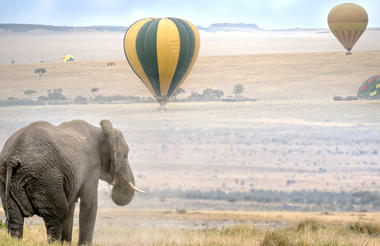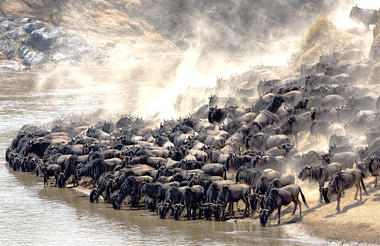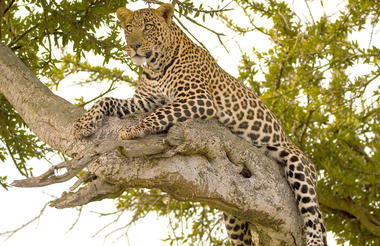Bordering the capital city of Nairobi, in beautiful Kenya, the Nairobi National Park is one of Africa's smallest parks and one of the only parks on earth to be in such close proximity to a city centre. It boasts a large and varied wildlife population, amid wide open grass plains against a backdrop of city scrapers. The park is home to one of Kenya's most successful rhinoceros sanctuaries with the world's highest concentration of black rhinoceros. Its wetland areas are abundant with birdlife boasting over 400 bird species. Visitors can enjoy the many facilities the park has to offer such as scenic picnic sites, well-positioned campsites, and hiking trails. Commonly spotted species include lion, hyena, warthog, zebra, giraffe, ostrich, gazelle, buffalo, and sometimes if you're lucky, leopard and cheetah.



The Loita Hills area in Kenya’s Southern Rift Valley is one of the nation’s last frontiers of pristine, untouched wilderness. Rising to over 2000 metres, the hills cover an area of some 200 square kilometres and form an important part of the Maasai Mara Ecosystem. Patches of remote forest are flanked by wide open plains, and the hillsides are dotted with an abundant variety of wildlife. Visitors can hike with local Maasai guides and explore the magnificent forest, filled with cedar, Opodo, strangler figs, and see an impressive variety of birdlife. Buffalo, elephant, baboon, bushbuck, hyena, leopard, and over 2000 colobus monkeys have made their home here too. Gorgeous waterfalls add to the experience. The area is inaccessible to vehicles, making the landscapes here relatively untouched.

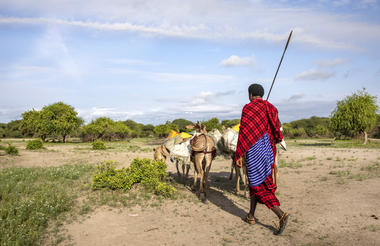
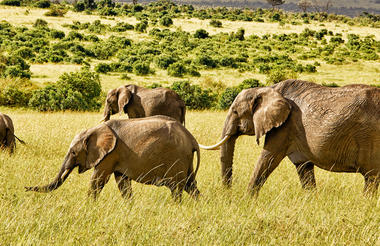
One of Kenya’s most iconic natural wonders, the Masai Mara National Reserve stretches across more than 1500 square kilometres in the country’s southwest. The park shelters a remarkable array of wildlife, including elephant, lion, leopard, and buffalo that roam its savannahs, while crocodile and hippopotamus inhabit the Mara River. Birdwatchers will delight in the presence of more than 450 resident species. Yet the true spectacle is the Great Migration, named one of the Seven New Wonders of the World. Each July to September, roughly 1.7 million wildebeest trek from the parched plains of Tanzania’s Serengeti to the greener grasslands of the Masai Mara, followed by zebra, antelope, and predators such as lion, hyena, and cheetah. The sight, sound, and raw energy of these vast herds are a once-in-a-lifetime experience for any traveller.
